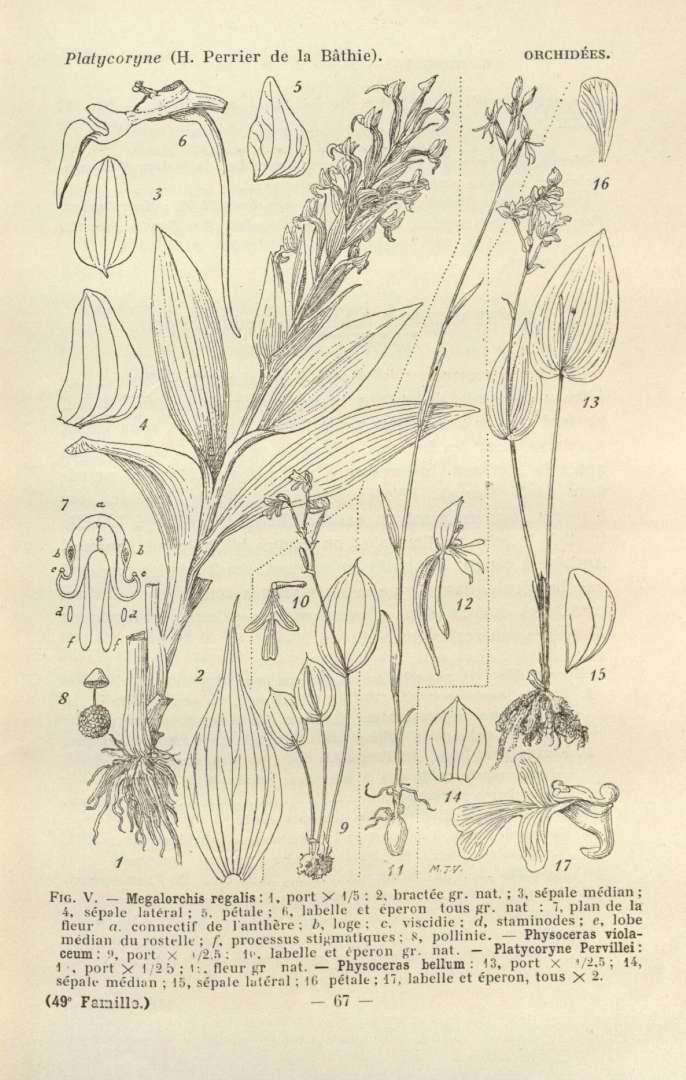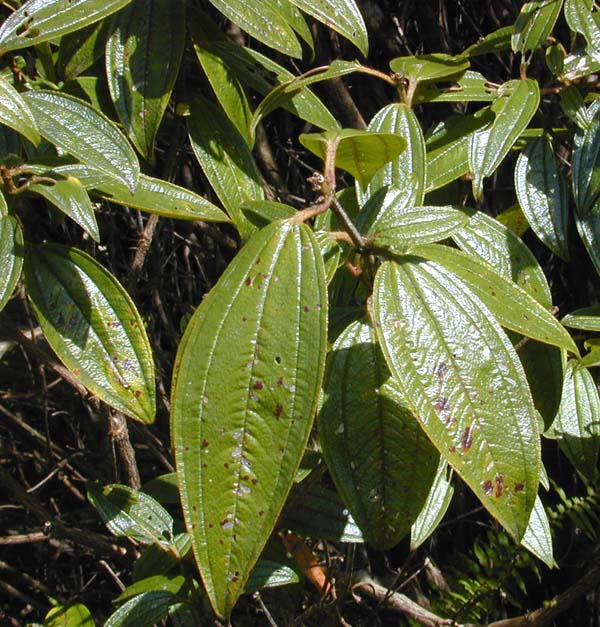|
Medinilla Sedifolia
''Medinilla sedifolia'' is a perennial plant of the family Melastomataceae that grows primarily in Madagascar, but is occasionally used as a terrarium plant, an epiphyte mounting, or in hanging pots. It is small for the genus, growing only tall. The waxy evergreen leaves grow on a trailing stem. It flowers twice per year, the five petaled flowers are magenta, waxy to the touch, and about wide when fully grown. Etymology ''Medinilla'' is named for José de Medinilla y Pineda, who was governor of Mauritius Mauritius, officially the Republic of Mauritius, is an island country in the Indian Ocean, about off the southeastern coast of East Africa, east of Madagascar. It includes the main island (also called Mauritius), as well as Rodrigues, Ag ... (then known as the Marianne Islands) in 1820.Gledhill, David (2008). "The Names of Plants". Cambridge University Press. (hardback), (paperback). pp 253 References sedifolia Taxa named by Joseph Marie Henry Alfred Perr ... [...More Info...] [...Related Items...] OR: [Wikipedia] [Google] [Baidu] |
Henri Lucien Jumelle
Henri Lucien Jumelle (25 November 1866 in Dreux, Eure-et-Loir Department, France – 6 December 1935 in Marseille, Bouches-du-Rhône Department, France) was a French botanist. From 1887 to 1894, he worked as a plant physiologist at the Faculté des Sciences in Paris. Afterwards, he was a professor of botany at the Faculté des Sciences in Marseille (1894-1935).JSTOR Global Plants Jumelle, Henri Lucien (1866-1935) From 1898 to 1916, he was assistant director, then director of the ''Musée colonial et du Jardin botanique'' in Marseille.Prosopo Sociétés savantes de France He held a deep interest in applied botany, publishing numerous treatises on the agricultural aspects of various plants. [...More Info...] [...Related Items...] OR: [Wikipedia] [Google] [Baidu] |
Joseph Marie Henry Alfred Perrier De La Bâthie
Joseph Marie Henry Alfred Perrier de la Bâthie (11 August 1873 – 2 October 1958) was a French botany, botanist who specialized in the plants of Madagascar. He is the nephew of Eugène Pierre Perrier de la Bâthie, (1825-1916), another botanist, who also collected plants with him. He delineated the two chief floristic provinces of Madagascar (''see'' Ecoregions of Madagascar). Some of his works include ''La végétation malgache'' (1921), ''Biogéographie de plantes de Madagascar'' (1936), and numerous volumes of the series ''Flore de Madagascar et des Comores'' (1946-1952). Honours The orchid genus ''Neobathiea'' (originally ''Bathiea'') was named in his honor, as was the indriid lemur Perrier's sifaka (''Propithecus perrieri''). He has other plant genera named in his honour. Such as in 1905, botanist Lucien Désiré Joseph Courchet published ''Perriera'', a genus of flowering plants from Madagascar, belonging to the family Simaroubaceae. Then in 1915, botanist Hochr. publish ... [...More Info...] [...Related Items...] OR: [Wikipedia] [Google] [Baidu] |
Melastomataceae
Melastomataceae () is a family of dicotyledonous flowering plants found mostly in the tropics (two-thirds of the genera are from the New World tropics) comprising c. 175 genera and c. 5115 known species. Melastomes are annual or perennial herbs, shrubs, or small trees. Description The leaves of melastomes are somewhat distinctive, being opposite, decussate, and usually with 3-7 longitudinal veins arising either from the base of the blade, plinerved (inner veins diverging above base of blade), or pinnately nerved with three or more pairs of primary veins diverging from the mid-vein at successive points above the base. Flowers are perfect, and borne either singly or in terminal or axillary, paniculate cymes. Ecology A number of melastomes are regarded as invasive species once naturalized in tropical and subtropical environments outside their normal range. Examples are Koster's curse (''Clidemia hirta''), '' Pleroma semidecandrum'' and '' Miconia calvescens'', but many othe ... [...More Info...] [...Related Items...] OR: [Wikipedia] [Google] [Baidu] |
Medinilla Sedifolia Stem
''Medinilla'' is a genus of about 368 species of flowering plants in the family Melastomataceae, native to tropical regions of the Old World from Africa east through southeast Asia to Australia and the western Pacific Ocean. The genus was named after José de Medinilla y Pineda, governor of the Mariana Islands in 1820. Species in this genus are evergreen shrubs or vines. The leaves are opposite or whorled, or alternate in some species. The flowers are white, pink, red, or orange, and are produced singly or in large panicles. Selected species ''For a complete list of species, see List of Medinilla species'' The following species have articles on Wikipedia: *'' Medinilla balls-headleyi'' – Queensland *''Medinilla beamanii'' – Borneo *'' Medinilla cummingii'' – Philippines *''Medinilla magnifica'' – Philippines *''Medinilla multiflora'' – Philippines *''Medinilla sedifolia'' – Madagascar *''Medinilla speciosa'' – Philippines *''Medinilla theresae'' – Phi ... [...More Info...] [...Related Items...] OR: [Wikipedia] [Google] [Baidu] |
Mauritius
Mauritius, officially the Republic of Mauritius, is an island country in the Indian Ocean, about off the southeastern coast of East Africa, east of Madagascar. It includes the main island (also called Mauritius), as well as Rodrigues, Agaléga, and St. Brandon (Cargados Carajos shoals). The islands of Mauritius and Rodrigues, along with nearby Réunion (a French overseas department), are part of the Mascarene Islands. The main island of Mauritius, where the population is concentrated, hosts the capital and largest city, Port Louis. The country spans and has an exclusive economic zone covering approximately . The 1502 Portuguese Cantino planisphere has led some historians to speculate that Arab sailors were the first to discover the uninhabited island around 975, naming it ''Dina Arobi''. Called ''Ilha do Cirne'' or ''Ilha do Cerne'' on early Portuguese maps, the island was visited by Portuguese sailors in 1507. A Dutch fleet, under the command of Admiral Van War ... [...More Info...] [...Related Items...] OR: [Wikipedia] [Google] [Baidu] |
Medinilla
''Medinilla'' is a genus of about 368 species of flowering plants in the family Melastomataceae, native to tropical regions of the Old World from Africa east through southeast Asia to Australia and the western Pacific Ocean. The genus was named after José de Medinilla y Pineda, governor of the Mariana Islands in 1820. Species in this genus are evergreen shrubs or vines. The leaves are opposite or whorled, or alternate in some species. The flowers are white, pink, red, or orange, and are produced singly or in large panicles. Selected species ''For a complete list of species, see List of Medinilla species'' The following species have articles on Wikipedia: *'' Medinilla balls-headleyi'' – Queensland *'' Medinilla beamanii'' – Borneo *'' Medinilla cummingii'' – Philippines *''Medinilla magnifica'' – Philippines *''Medinilla multiflora'' – Philippines *''Medinilla sedifolia'' – Madagascar *''Medinilla speciosa'' – Philippines *''Medinilla theresae'' – P ... [...More Info...] [...Related Items...] OR: [Wikipedia] [Google] [Baidu] |
Taxa Named By Joseph Marie Henry Alfred Perrier De La Bâthie
In biology, a taxon (back-formation from ''taxonomy''; : taxa) is a group of one or more populations of an organism or organisms seen by taxonomists to form a unit. Although neither is required, a taxon is usually known by a particular name and given a particular ranking, especially if and when it is accepted or becomes established. It is very common, however, for taxonomists to remain at odds over what belongs to a taxon and the criteria used for inclusion, especially in the context of rank-based (" Linnaean") nomenclature (much less so under phylogenetic nomenclature). If a taxon is given a formal scientific name, its use is then governed by one of the nomenclature codes specifying which scientific name is correct for a particular grouping. Initial attempts at classifying and ordering organisms (plants and animals) were presumably set forth in prehistoric times by hunter-gatherers, as suggested by the fairly sophisticated folk taxonomies. Much later, Aristotle, and later still ... [...More Info...] [...Related Items...] OR: [Wikipedia] [Google] [Baidu] |



